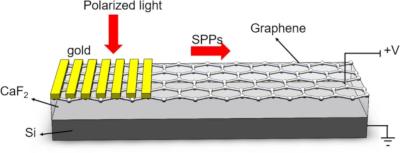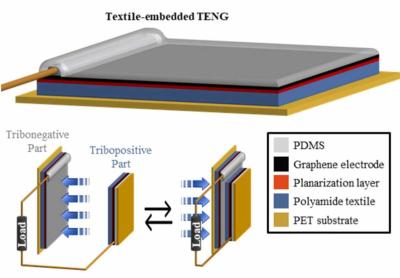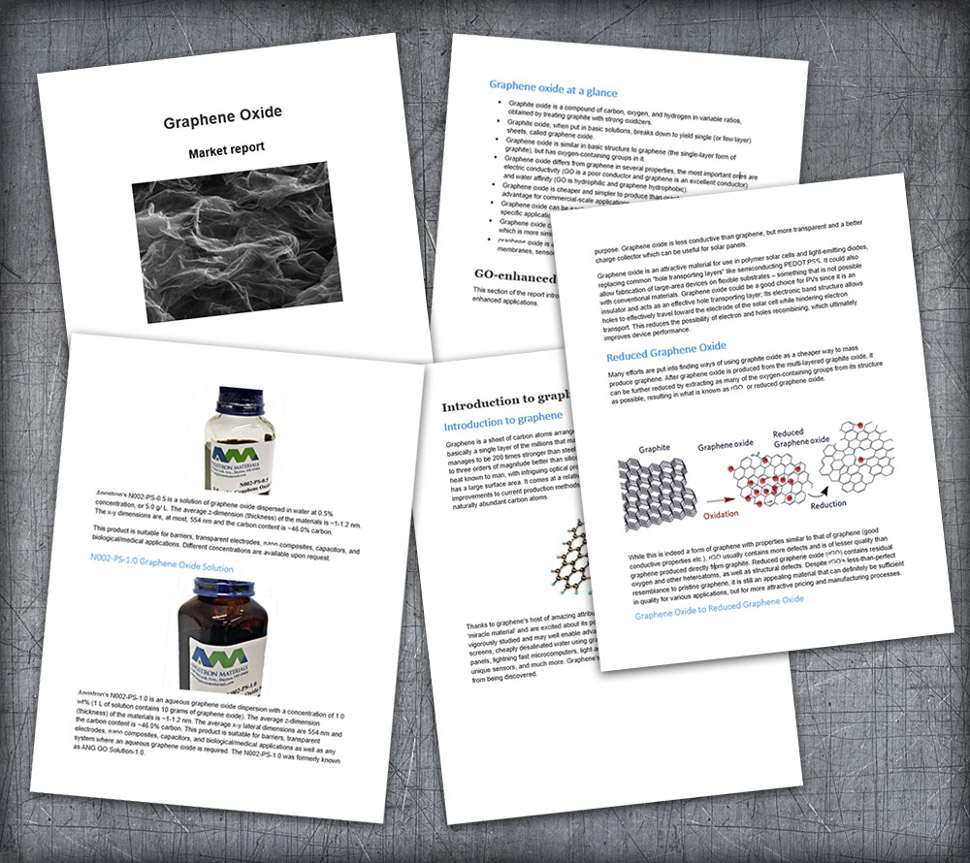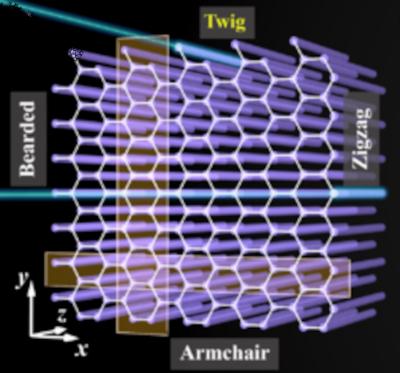Graphene and graphene-like materials can host—at their edges—localized states whose properties can differ dramatically from those of bulk states. Three types of edge states have been established in these materials—zigzag, bearded, and armchair—named after their geometry. Now, researchers from Nankai University and Shanxi University used a graphene-like photonic crystal to demonstrate the possibility of a fourth edge, called twig, with exotic topological features. Their results may broaden the understanding of graphene edge states, as well as open new avenues for realization of robust edge localization and nontrivial topological phases based on Dirac-like materials.
The team explained that the main findings were that the twig edge is a generic type of honeycomb lattice (HCL) edge complementary to the armchair edge, formed by choosing the right primitive cell (rather than simple lattice cutting or Klein edge modification). In addition, the twig edge states form a complete flat band across the Brillouin zone with zero-energy degeneracy, characterized by nontrivial topological winding of the lattice Hamiltonian. The twig edge states can also be elongated or compactly localized at the boundary, manifesting both flat band and topological features.







